 Shutterstock
Shutterstock
Long before dogs were starring in Instagram reels and begging for puppuccinos, they were rubbing paws with royalty. Yes, we’re talking palaces, velvet cushions, and gold-embroidered collars. Throughout history, certain dog breeds were considered so rare, refined, or downright majestic that they were reserved exclusively for monarchs and emperors. These were not your average backyard barkers—these were elite companions with noble duties and first-class privileges. From ancient Asian courts to European monarchies, these royal tail-waggers lived lives of luxury, power, and—let’s be honest—more pampering than most humans.
Shih Tzu
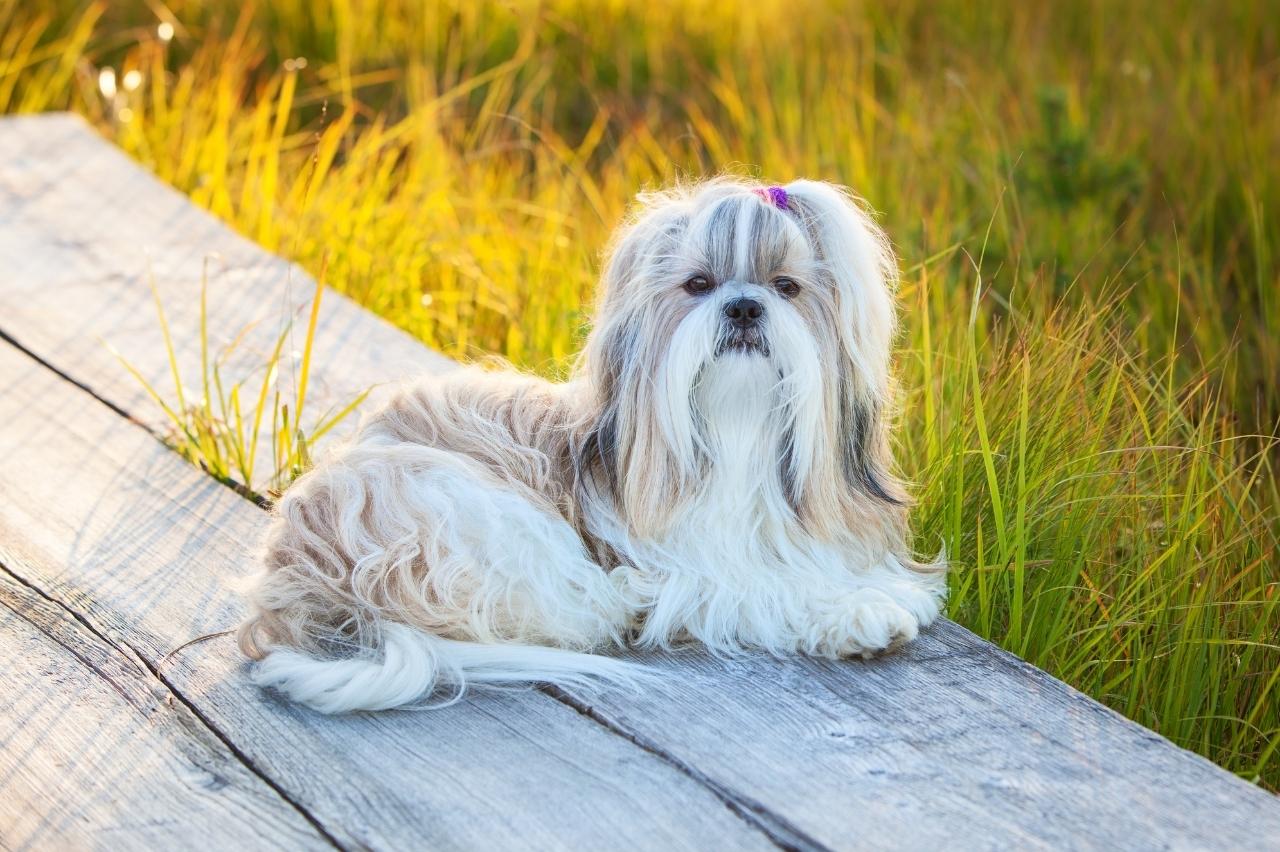 Shutterstock
Shutterstock
The Shih Tzu was bred exclusively for Chinese royalty, particularly during the Ming and Qing dynasties. These dogs were kept in the Forbidden City, pampered by palace staff, and believed to resemble lions—a sacred symbol in Buddhism. Commoners weren’t even allowed to own one, and stealing a Shih Tzu could result in very harsh penalties. Their sole job? Looking fabulous and sitting in the laps of emperors and empresses. Even today, they still act like the world is their silk pillow.
Tibetan Mastiff
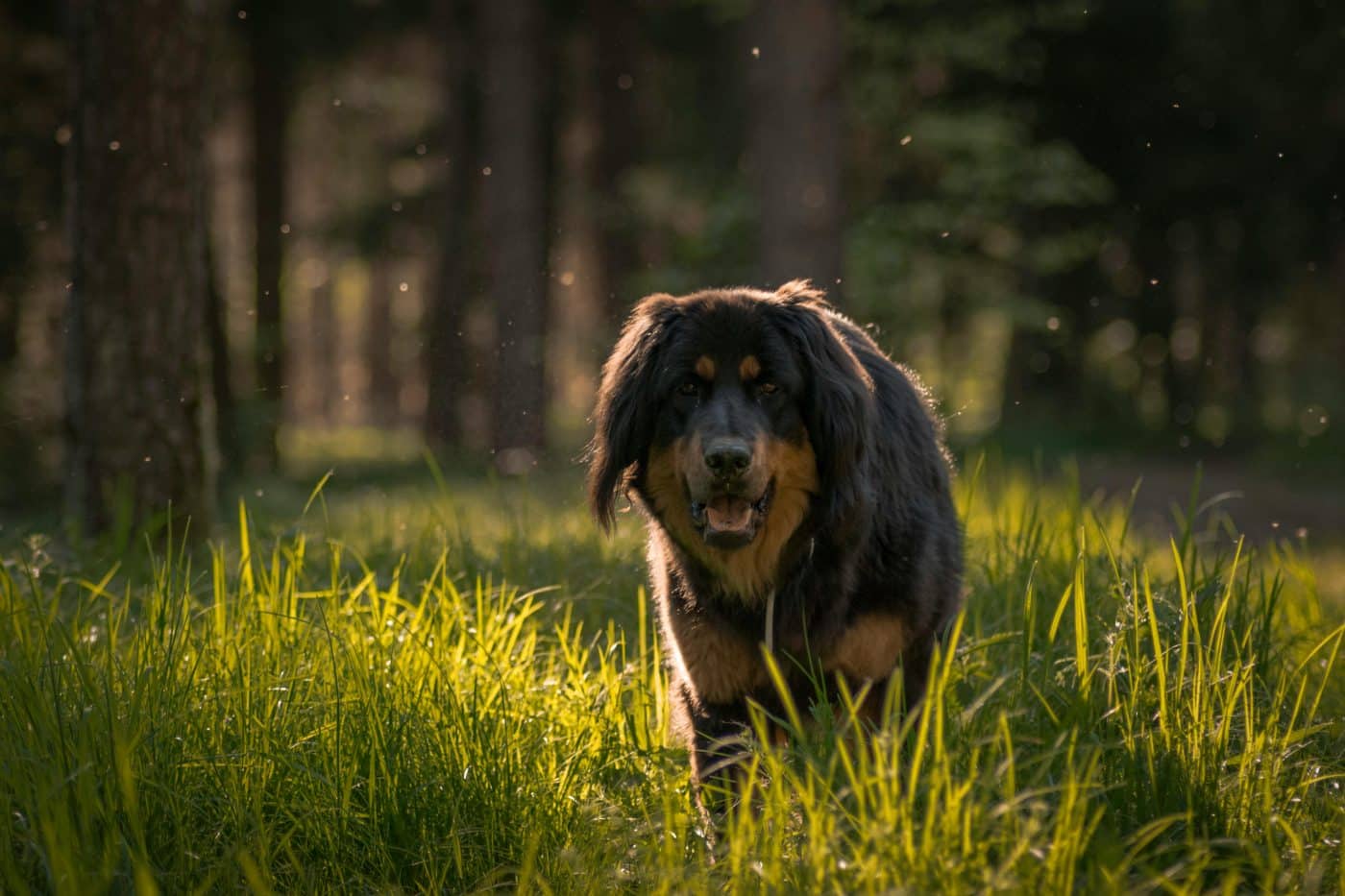 Shutterstock
Shutterstock
The Tibetan Mastiff wasn’t your average watchdog—it was a beastly guardian that once protected monasteries and palaces across the Himalayan kingdoms. These dogs were considered so powerful and divine that emperors like those in ancient China and Mongolia kept them as prized possessions. Fiercely loyal, incredibly strong, and wrapped in enough fur to shame a polar bear, the Tibetan Mastiff symbolized power and prestige. They weren’t lapdogs—they were lion-like royalty on four paws. These days, they may be lounging in suburban homes, but their soul still howls in royal tones.
Saluki
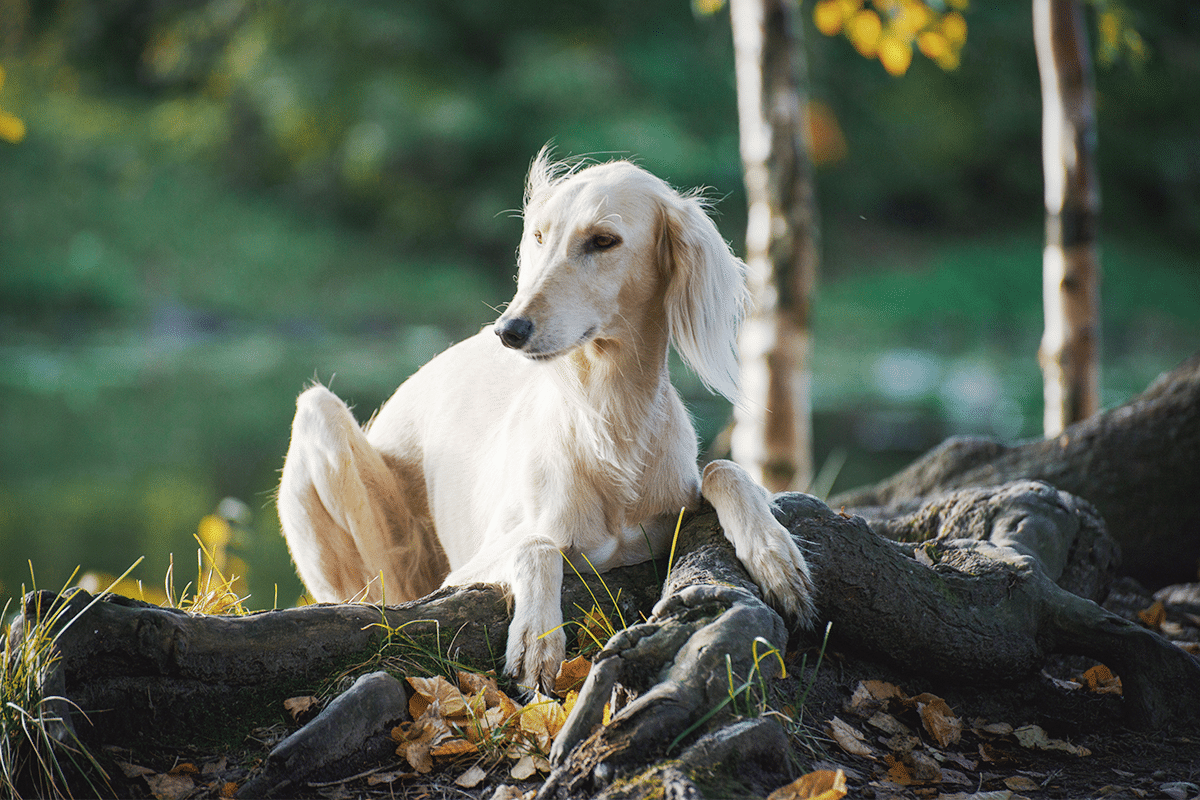 Shutterstock
Shutterstock
Often referred to as the “Royal Dog of Egypt,” the Saluki is one of the oldest dog breeds in existence and was revered by pharaohs. When these elegant sighthounds found their way to other royal courts—including those of ancient Persia and the Roman Empire—they were considered noble gifts fit only for kings. With their slim builds and graceful stride, they looked like they belonged in marble statues—and they often were. Salukis didn’t chase tennis balls; they chased gazelles for royalty. To this day, they remain refined, aloof, and way too good for your dog park drama.
Pekingese
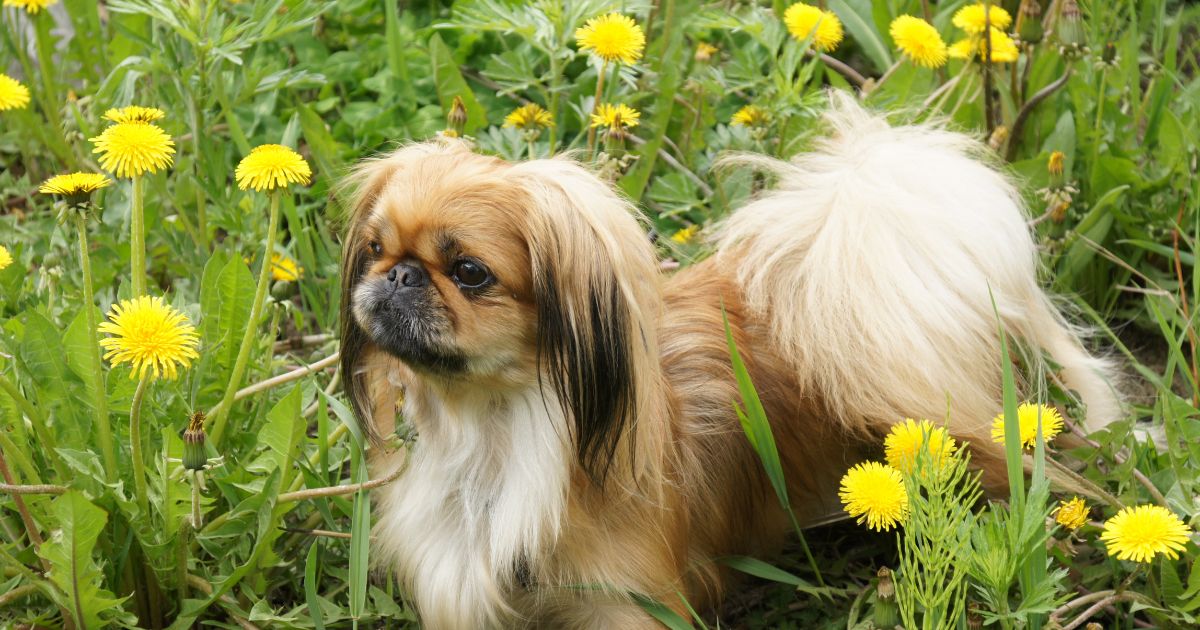 Shutterstock
Shutterstock
The Pekingese was bred solely to keep Chinese emperors company, and legend has it that they were created by Buddha himself. These toy-sized lions with flowing manes were carried in the sleeves of royals and lived lives of absurd luxury. Their status was so sacred that commoners had to bow in their presence. Seriously—these dogs had more power than most human servants in the palace. Now they may live in apartments, but deep down, they still think they rule dynasties.
Akita
 Shutterstock
Shutterstock
In feudal Japan, the Akita was a treasured breed that symbolized health, happiness, and long life. Initially reserved for the imperial family and samurai class, owning an Akita was considered a great honor. These noble canines were given ceremonial importance, and their image was often used in imperial gifts. With a protective nature and statuesque build, they served as guardians of noble homes and shrines. Even today, Akitas walk with that unmistakable air of ancient warrior pride—as if they just guarded a shogun’s castle.
Pharaoh Hound
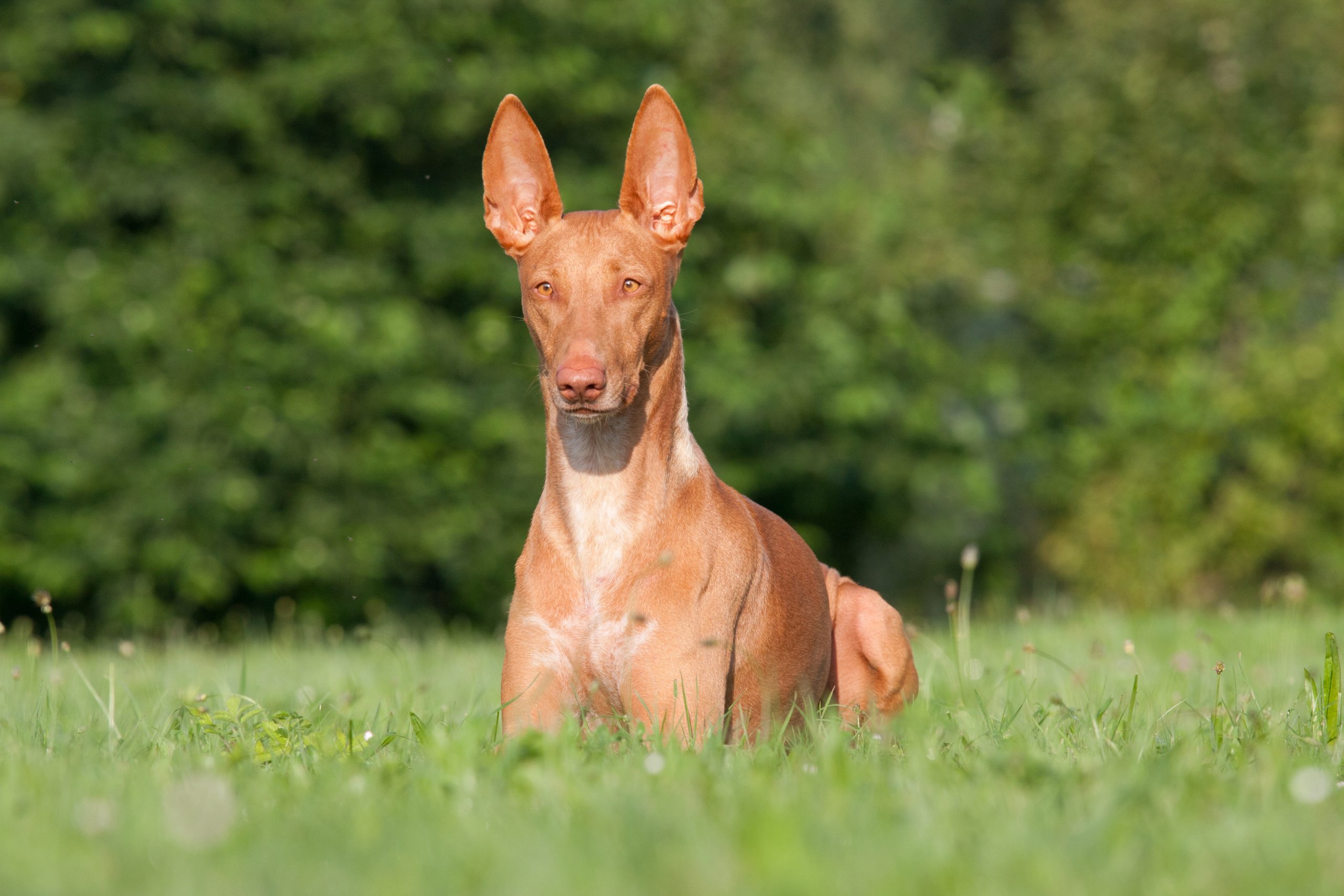 Shutterstock
Shutterstock
The Pharaoh Hound isn’t just named for Egyptian royalty—it lived with them. These sleek, athletic dogs were featured in tomb paintings and sculptures, often shown hunting beside kings. They were celebrated for their keen eyesight, speed, and loyalty, making them both useful and majestic. Egyptians believed these dogs had spiritual qualities and treated them as sacred beings. Modern Pharaoh Hounds haven’t forgotten their royal roots—they still strut like they’re being watched by the gods.
Lhasa Apso
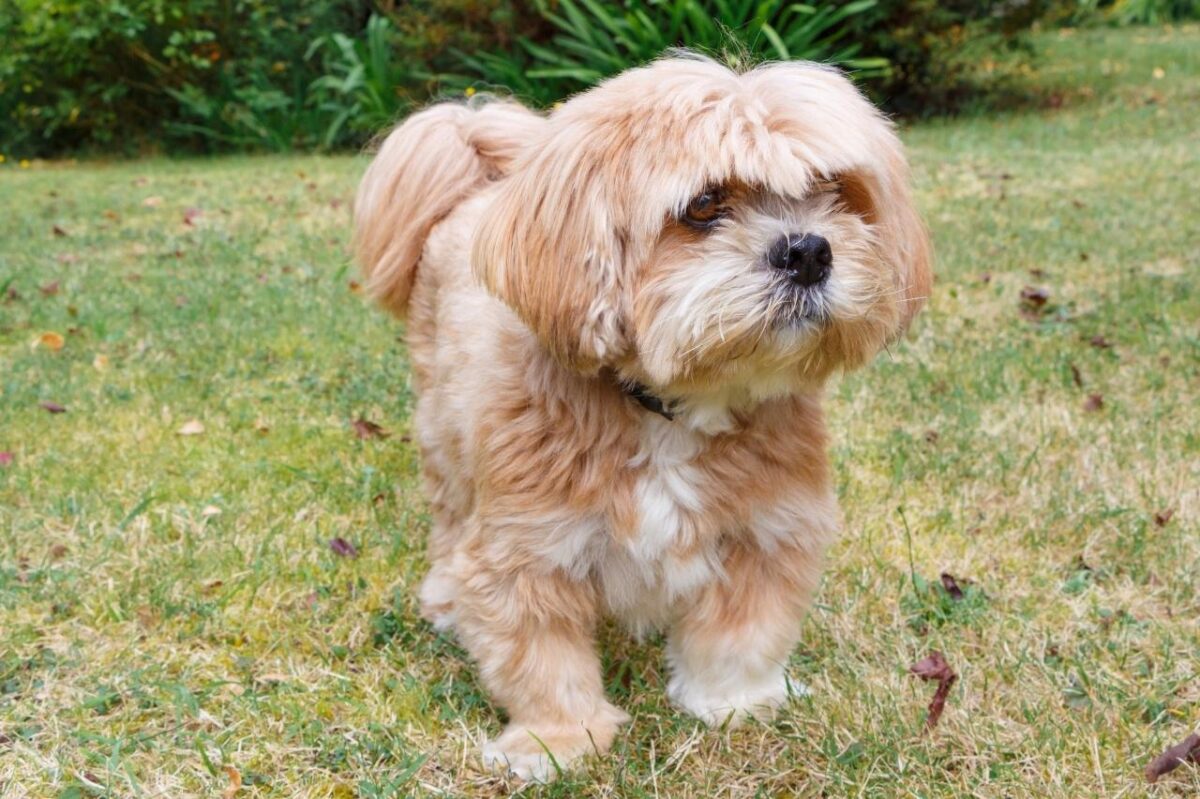 Shutterstock
Shutterstock
Bred in the snowy heights of Tibet, the Lhasa Apso served as a sacred sentinel in royal palaces and Buddhist monasteries. These little dogs weren’t just fluff—they were fierce little guardians, trained to alert monks and nobility of intruders. Only nobility and religious leaders could own them, and they were often gifted to Chinese emperors as signs of high honor. Lhasas were believed to bring good fortune, and their presence in a palace was considered a blessing. Today, they may be curled up on your recliner, but you can be sure they’re spiritually judging your fashion choices.
Basenji
 Shutterstock
Shutterstock
The Basenji, or “barkless dog,” was a prized gift among ancient African royalty, especially in regions like the Congo and Egypt. These intelligent, cat-like dogs were treasured for their hunting skills and quiet demeanor. When they made their way to ancient Egyptian palaces, they became revered companions to the upper class. Their likeness was even found on pharaohs’ tomb walls—immortalized as the ultimate regal sidekick. Nowadays, they’re still tidy, independent, and disapproving of your messy lifestyle.
Chow Chow
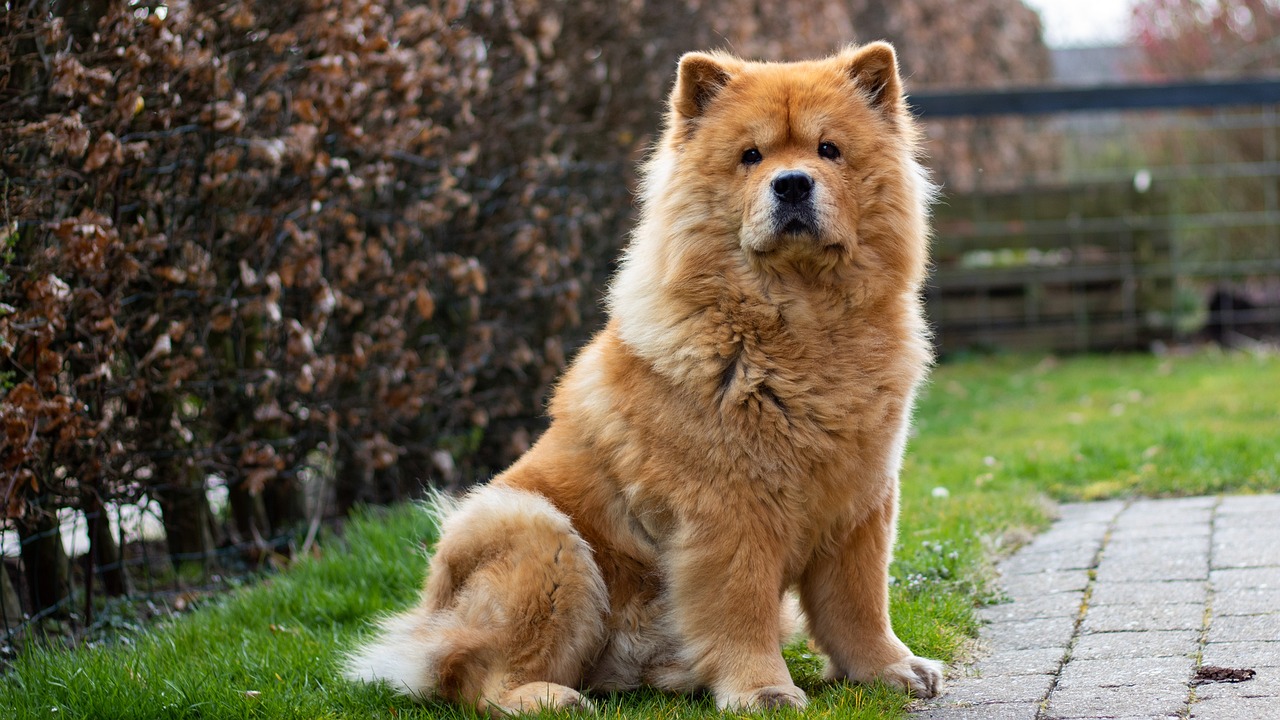 Shutterstock
Shutterstock
The Chow Chow was a dog of many hats in ancient China—hunter, guard, and royal lap-warmer. These majestic, lion-like dogs were favored by emperors for their loyalty and striking appearance. Some legends even claim one Chinese ruler had over 2,000 Chows in his palace. With a blue-black tongue and a serious stare, they’re equal parts mysterious and majestic. Today’s Chows still act like emperors themselves, often expecting tribute in the form of treats and uninterrupted naps.
Paw-dience to the Crown Is Still Mandatory
 Shutterstock
Shutterstock
The noble, the chosen canines of history’s most powerful royals. From Tibetan temples to Roman courts, these dogs were pampered, protected, and practically worshipped. They didn’t just sit pretty—they guarded kings, hunted for emperors, and were revered as symbols of power and grace. Even if they now lounge on beanbags instead of silk cushions, these breeds haven’t forgotten their regal roots. So next time your dog refuses to sit unless you say it in three languages and offer a biscuit, remember—they’re not being stubborn. They’re just royalty remembering their throne.

 18 hours ago
4
18 hours ago
4





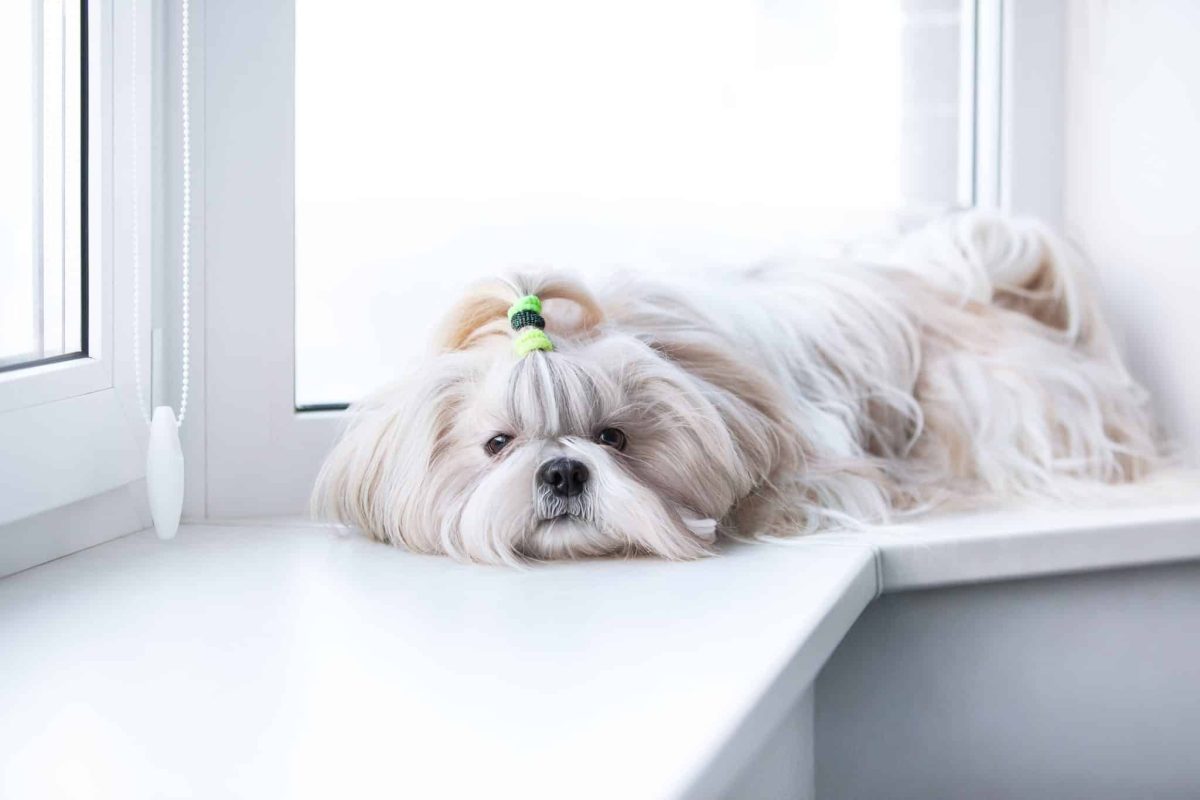


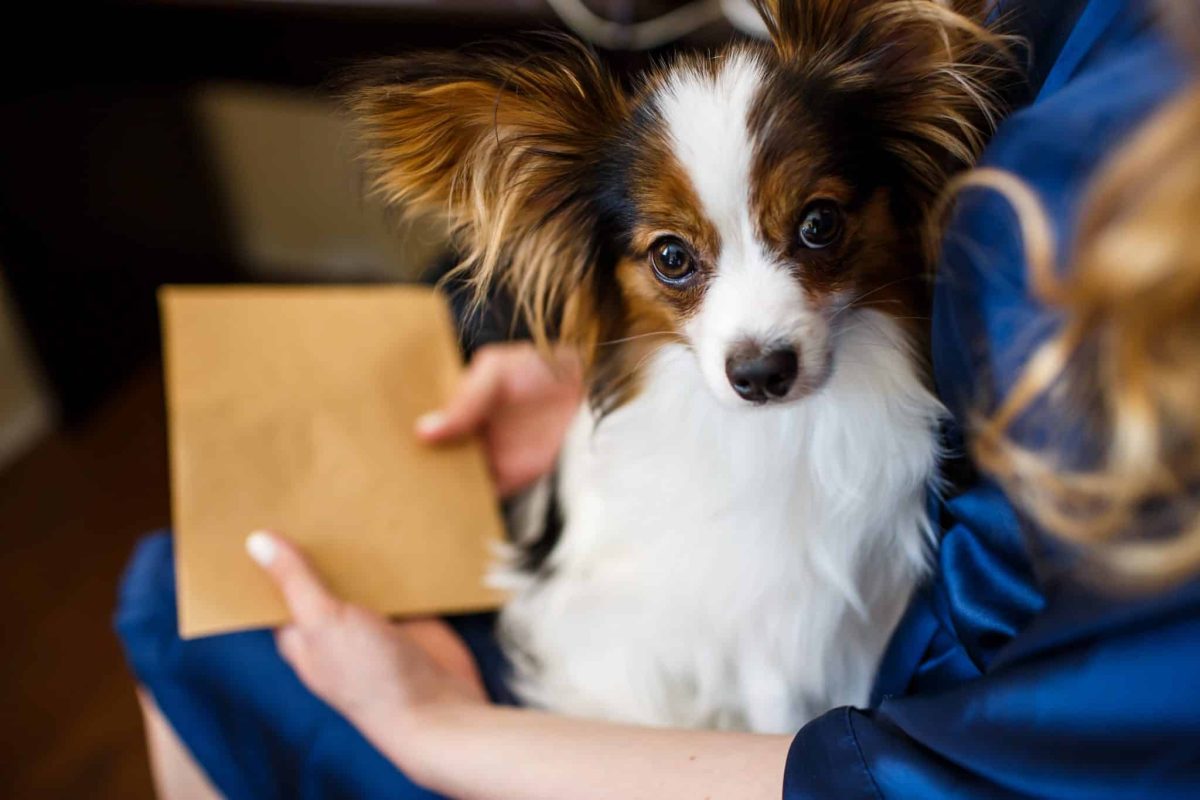









 English (US) ·
English (US) ·